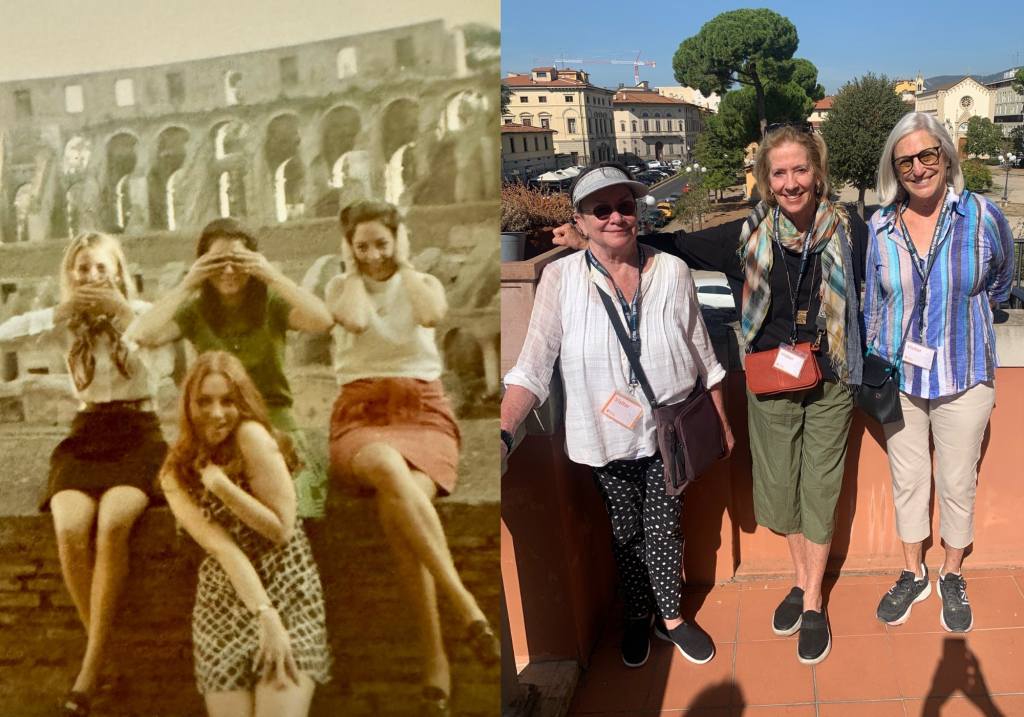
Lifelong friends Mary Jane Brock, May Humphreys Fox, and Wallis Raemer were Sweet Briar College students, class of ’70, when they spent a fall semester at the Syracuse program in Florence. That was the first time their private women’s college in Virginia had offered the chance to study in Italy.
Mary Jane, May, and Wallis have always cherished their lifechanging experience in Florence together and have returned several times over the years, including a reunion trip last fall during which they revisited the Villa Rossa. We asked them to share some of their memories.
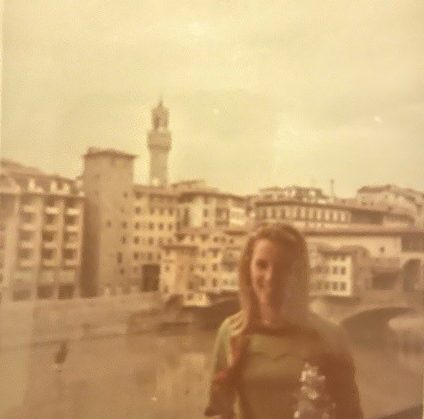
The Journey to Italy by Ship
MJB: We sailed to Italy on the Leonardo da Vinci…what an experience that was! I have pictures of May shooting skeet on the deck. We were in Cramped, Crowded, Crummy C Class of the ship but we had a blast!
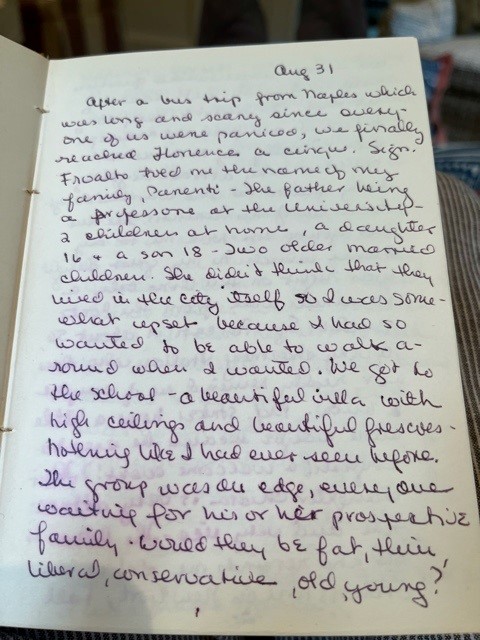
First Impressions of Florence and Syracuse
WR: In my letters home I described Florence as “small, but as full of things to do and see as NYC.” I added in another letter: “What’s so great about this place is that nothing stands out, all of the great works of art are just there, subtly blending into the surroundings! I hope that they never take them out of their natural habitats for which they were created! Also, the David’s feet are huge!”
I found the Syracuse students to be very different culturally from my Southern Sweet Briar classmates. I wrote that they were “very nice, have NY accents and are super liberal. For the first time in my life I feel completely different – never such an individual – I am definitely the oddball. And, actually, it is rather fun!”
The Florentine Host Families
MJB: I lived with Sergio and Ilya Salvadori and their daughters Gianna and Paola. I truly felt like a member of the family and loved them dearly. We stayed in touch over the years and whenever I came back to Florence for a visit, I would go to see Sig.ra.
MHF: Living with a family made the whole experience real. In so many ways! Learning the language…understanding the culture…having a local family to show you the real Firenze, not just the tourist shops, etc., forming relationships beyond the American students. I really loved my family.

WR: I loved both of my families, and it was great to have two different experiences of Italian life. My first family was more middle class and did not own a car. There was only 1 bathroom, and I was allowed to take 2 showers a week, which I later learned was because of a water shortage. I lived on Via dei Bardi across the Arno in “an apartment that was a former palace, was fairly large and spacious, but rather dark” [from letter home]. I took the bus to Piazza Savonarola each day, which took about 20 mins. and cost 10 cents!
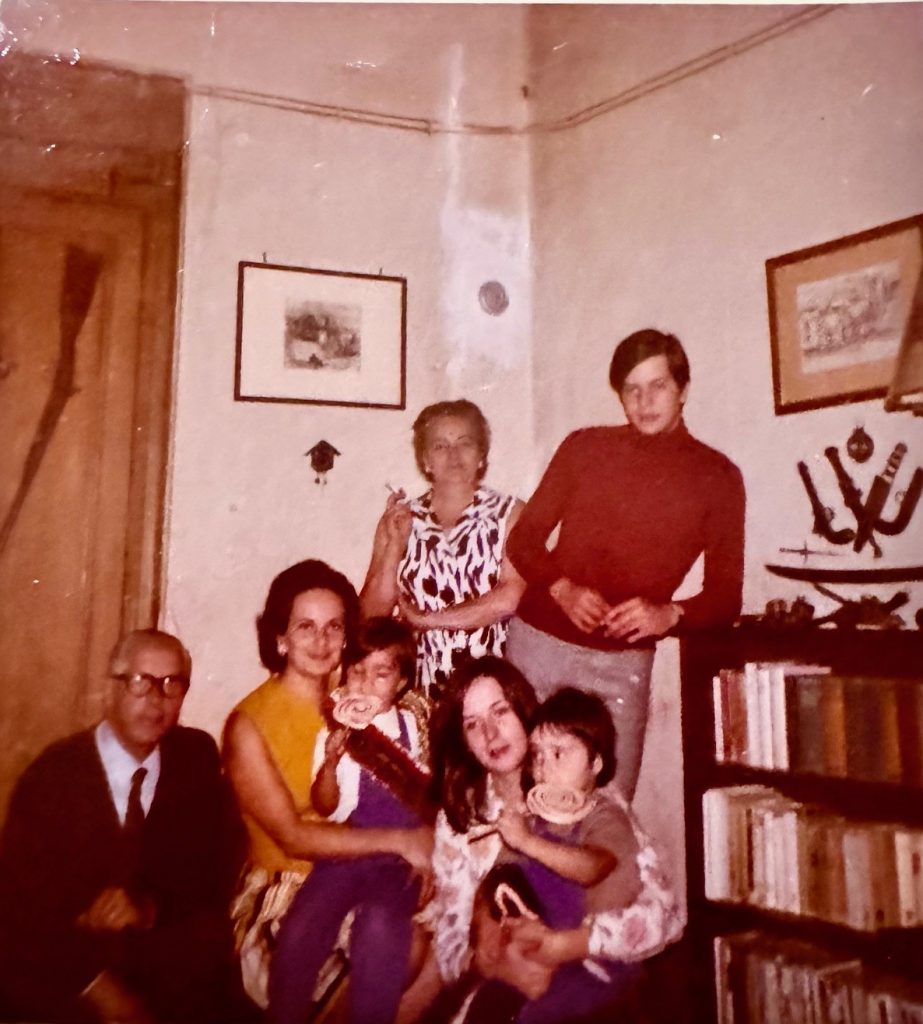
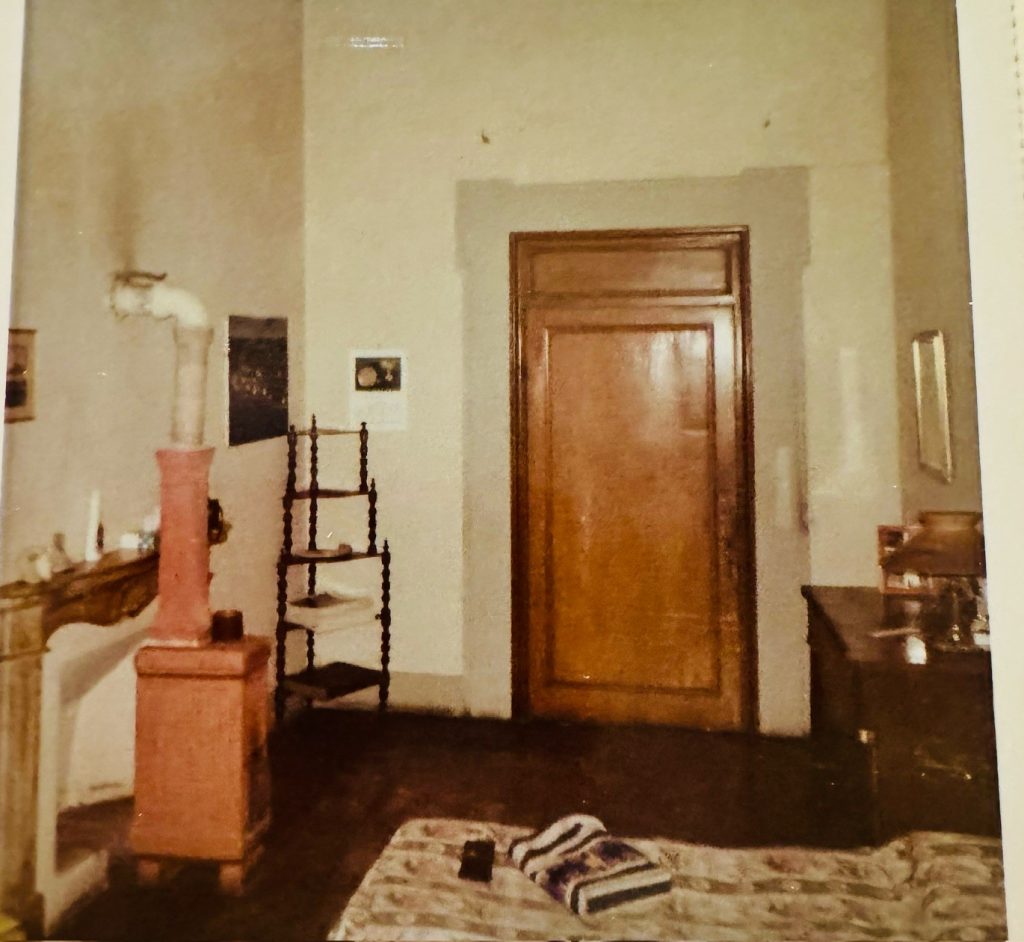
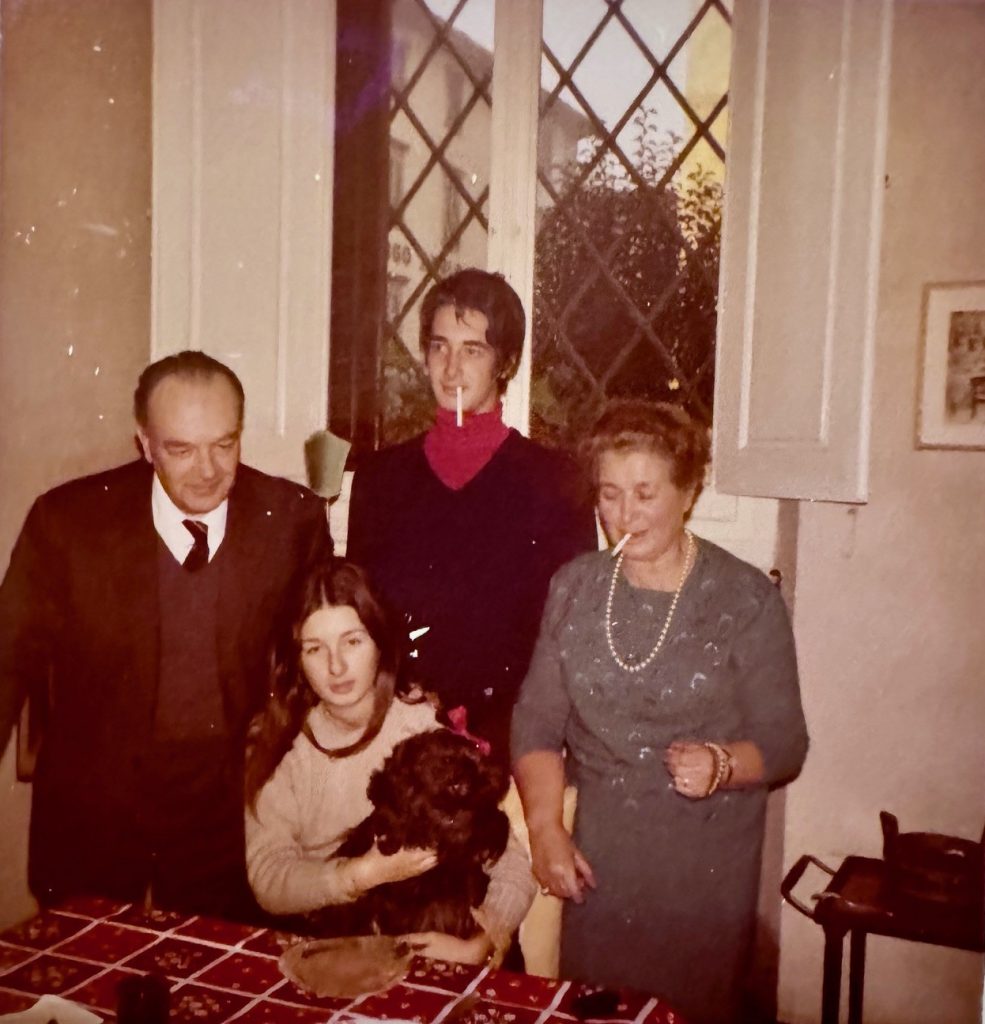
Director John Clark Adams
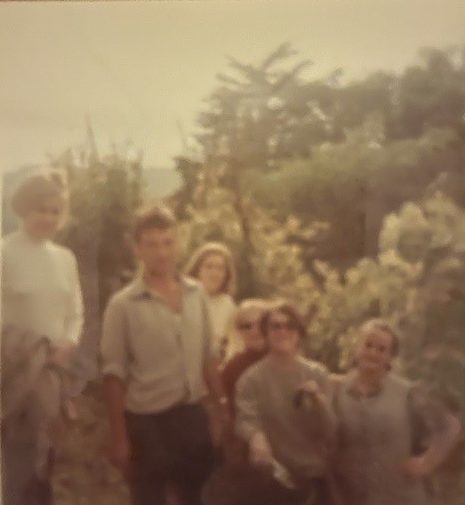
MHF: [He was a] powerful, compelling, great professor. Also very generous. He invited a number of us to his home where he also had a vineyard. We actually stomped the grapes at harvest time! I attribute my current love of opera to Dr. Adams.
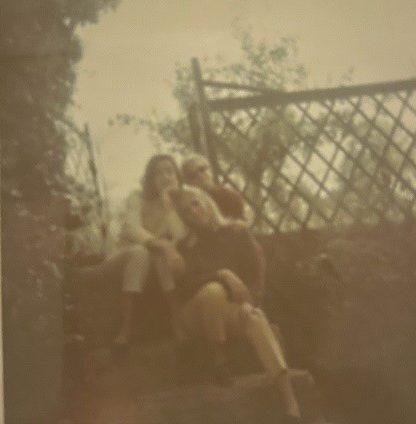
Life Outside the Classroom
MHF: [I had] a wonderful Italian boyfriend who created such fun and authentic experiences for a 20 year old American college student. We, along with a number of the Syracuse group, partied and dined at local spots, traveled together around Italy, and had many a “disco night” until wee hours of the morning! I still see him every time I come to Firenze.
While in Florence, the universities were in constant sciopero [strike]. I remember clearly that the Italian students were not in classes (that is how we met so many young Italian ragazzi!) Railroads were striking; buses were striking; professors were striking…demonstrations were held. And that environment made the late 60s antiwar demonstrations in the US seem normal.
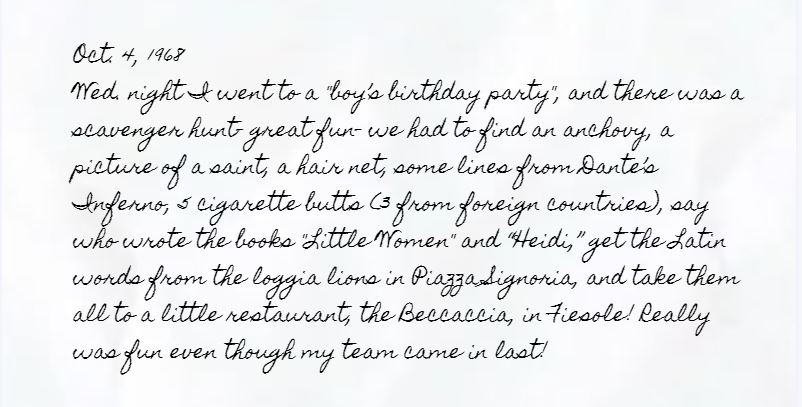
Experiential Learning
WR: Because I had already studied Renaissance art history at Sweet Briar, I was eligible to take another art history course, “13th Century Sculpture of the Duomo,” taught by the Directress of the Uffizi Gallery, Signora Becherucci. She spoke five languages but not much English, so she taught the course in Italian and someone transcribed the class notes in English. Two years after the flood, the Duomo was still closed, but the Directress had access and led us inside. She showed us the Roman temple that was discovered under the floor of the cathedral! It was amazing to see the excavation and this discovery with her!
The Start of a Lifelong Love
MJB: Love of Italy has been a constant in my life and I have seen far less of the world because of it. I always just want to go back to Italy!
MHF: This was probably my fifth return to [Florence] since 1968. I will always love it…In my opinion, it is one of the most beautiful cities in Europe.
Then and Now
MHF: I would not have recognized Piazza Savonarola #15. Not sure that was because of my memory or because it has changed so much. Obviously, the Villa was only big enough for about 40 students in 1968. The program has now expanded to over 300 students and includes even a graduate degree. Wow! It was so impressive.
Now every foreign tourist in the world seems to want to visit [Florence]. That is both good and bad; good for the economics of tourism but bad because the streets are overrun with people who do not really live there. The Centro is no longer the heart of the city; it is the heart of the tourism industry. The Oltrarno is much better but even the Piazza Santa Spirito area is losing its charm. That was not the case in 1968. We, as US students, were totally enshrined by the heart of the Centro and its local residents. Speaking English we were totally in the minority. We were gawked at like a foreign species.
Also, we could visit all areas of Tuscany and Rome…by hitchhiking…yes, we hitchhiked everywhere to get from town to town or city to city. Can you imagine doing that in today’s environment??
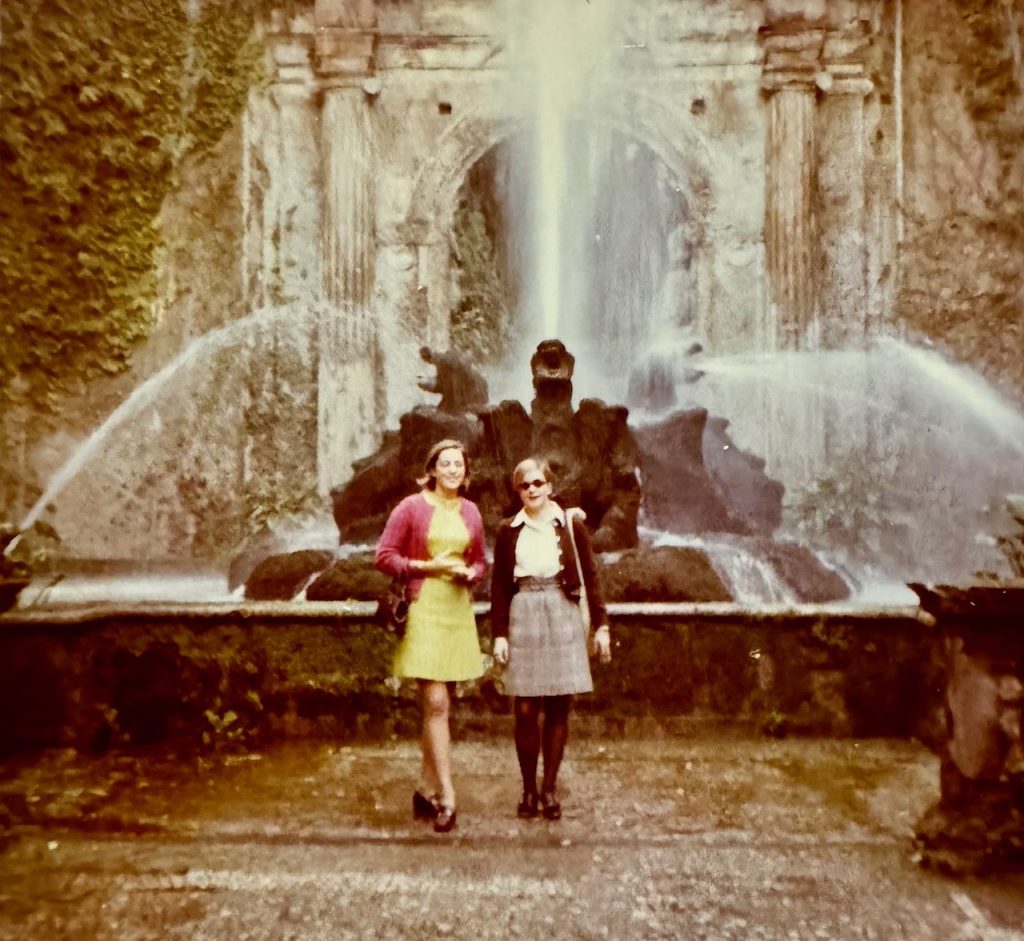
MJB: [John Clark Adams] certainly seems to have laid a strong foundation for this Syracuse program. The school appears to be thriving, I was delighted to witness that and to revisit my long ago past.
Don’t Make Me Leave
MHF: I pondered the notion of not coming back to finish my college career at Sweet Briar (I actually discussed that option in my diary!). I am sure many of the students shared that same imagination.
WR: Like May I also did not want to return to Sweet Briar after my experience in Florence at Syracuse, and had hoped to stay for the rest of the year, which we were told at the beginning was a possibility, but which was not permitted. It was very hard to return to Sweet Briar, but at least I felt more content, that I had seen a different part of the world. I was a changed person, socially, culturally, and intellectually.
Life After the Syracuse Florence Program
MJB: Let me remind you that women were just beginning to think in terms of careers, particularly women in single-sex colleges in the South. We didn’t have a career counselor at Sweet Briar and the general path forward was a job until you met someone to marry. We three all came to NYC together and I had a job in banking, May worked at Planned Parenthood and Wallis was in education. And we all three met men that we married! However, let me say that we all have had extremely interesting and varied “career” paths throughout our lives.
WR: I remain very grateful for my Florence experience and education, and believe that the biggest take away was learning empathy. The experience of living in foreign culture with a family, not knowing the language and customs, and experiencing what it is like to be on the outside, “the other,” taught me empathy for others, the most valuable life lesson of all.
